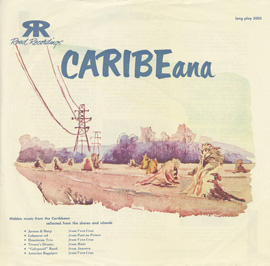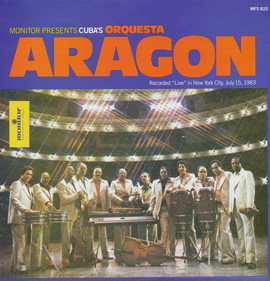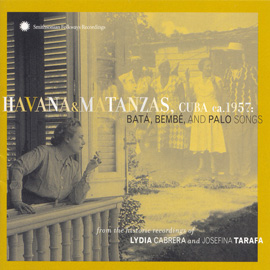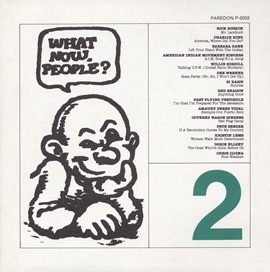Summary
Learn about Caribbean peoples, languages, geographies, and values by singing and playing instruments to Caribbean music. There is a particular focus on Puerto Rico, Cuba, Haiti, and St. Lucia.
Suggested Grade Levels: 6-8, 9-12
Country: Puerto Rico, Cuba, Haiti, St. Lucia/West Indies
Region: Puerto Rican, Cuban, Haitian
Genre: Creole
Instruments: Shakers, Congas, Guitars, Hand Drums, Bass Guitar/String Bass, Bell
Language: Spanish, English
Co-Curricular Areas: Social Studies
National Standards: 1, 2, 6, 9
Prerequisites: None
Objectives:
- Listening (to instruments, beat, ostinato, chord changes)
- Singing (partial and full melodies)
- Playing (rhythms, melodies, harmonies)
- Getting to know the Caribbean people, language, location, values
Material:
- “Seis Chorreao” by Cuerdas de Borinquen from Puerto Rico in Washington, (SFW40460)
- “Guajira Guantanamera” by Cuarteto Patria featuring Compay Segundo from Cuba in Washington (SF 40461)
- “Azouke Legba” from Smithsonian Folkways World Music Collection (SFW40471)
- “Iwo Pote: Ki Bel Bato” from Musical Traditions of St. Lucia, West Indies (SFW40416)
- Maps of the Caribbean (Puerto Rico, Cuba, Haiti, St. Lucia/West Indies)
- Non-pitched percussion (rhythm sticks, drums, cowbell, shaker)
Lesson Segments:
- “Iwo Pote: Ki Bel Bato” (National Standards 1, 6, 9)
- “Azouke Legba” (National Standards 1, 2, 6, 9)
- “Seis Chorreao” (National Standards 1, 2, 6, 9)
- “Guajira Guantanamera” (National Standards 1, 2, 6, 9)
1. “Iwo Pote: Ki Bel Bato”
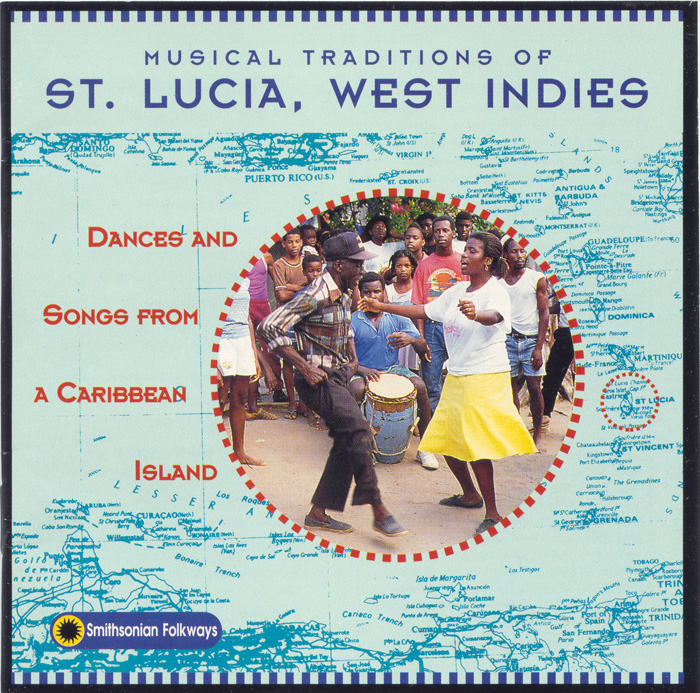
“Ki bèl bato”
from Musical Traditions of St. Lucia, West Indies (1993) | SFW40416
- Listen to recording.
- Clap when you hear claps
- Dance the clapping rhythm in your feet (in place and traveling)
- Respond to sung call by singing “Ah dine”
- Use the “dig-a-dum” clapping rhythm in singing songs like “Frere Jacques”, “Kumbaya”, “Down by the Riverside”
- See map of Caribbean.
- Find the West Indies and St. Lucia
- Consider that the French Creole lyrics are short and repeated: “Look at the boat/How beautiful it is/Betilya is on board”.
- Consider that the sung text , rhythms, and melodies are a linguistic blend of French, English, and African
Assessment: Are students able to discuss the material in an age-appropriate manner? Are students able to clap and dance the “dig-a-dum” rhythm?
2. “Azouke Legba”
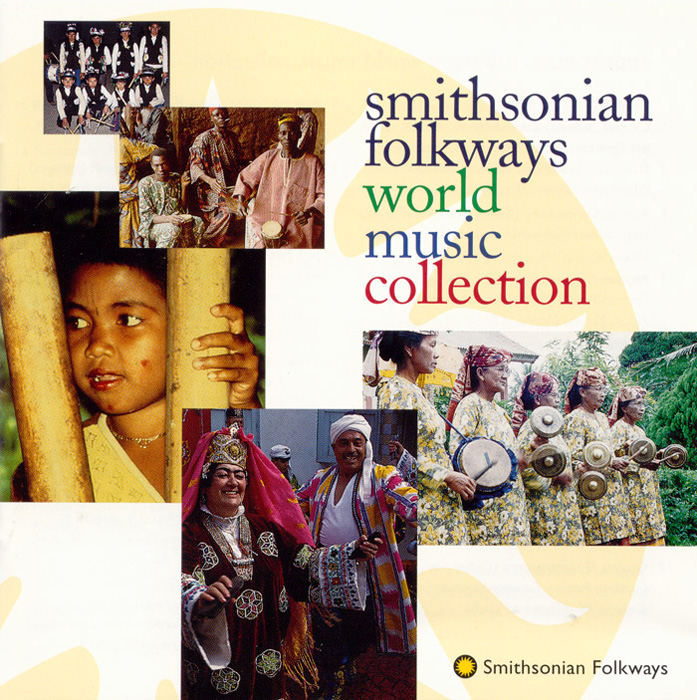
“Azouke Legba (Dans Kanari)”
from Smithsonian Folkways World Music Collection (1997) | SFW40471
- Find Haiti on the map, and its capital, Port-au-Prince.
- Listen to recording.
- Tap the fast wood-stick rhythm (two hands on right leg): “1”
- Pat the slower shaker rhythm (two hands on left leg): “2”
- Switch between the two responses on cue (cowbell or verbal “1”, “2”)
- Step fast and then slower rhythm
- Play drum on available surfaces: wall, desk, floor, lap, conga drum
- Sing “Azouke ba-ye, leg-ba-ye”.
- Share the meaning of the song, a critical commentary on the influence money has over people.
Assessment: Are students able to discuss the material in an age-appropriate manner? Are students able to play the various instrumental rhythms?
3. “Seis Chorreao”
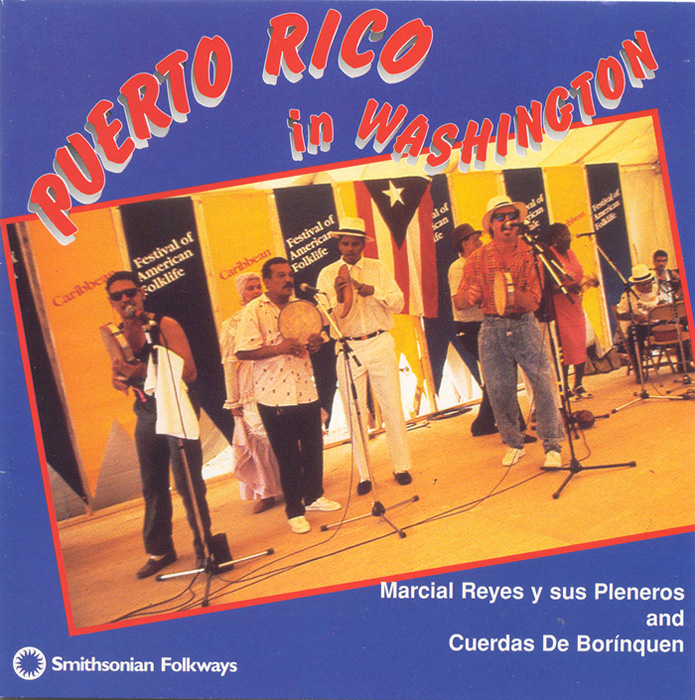
“Seis Chorreao”
from Puerto Rico in Washington (1996) | SFW40460
- Ask who has performed salsa before (playing in a band, dancing in a club)?
- Discuss its pan-Latin embrace as dance and music, but with roots to communities of Puerto Ricans (at home and in New York) and Cuba
- Name outstanding performers such as Tito Puente, Eddie Palmieri, Willie Colon, and Rueben Blades
- Turn to the early and continuing seis, dance music in Puerto Rico that recalls Spanish and Moorish traditions.
- Say “ seis chorreao” (says-cho-RAY-ow), a rural dance in Puerto Rico of instrumental virtuosity
- Listen to recording.
- “Air-play” the speedy opening passages of the lead guitar
- Clap the shaker’s beat-keeping pulse at the start, switching to the rhythm patterns it takes on later
- Tap the high speed of the drum
- Show the chordal changes, using index finger for “1”, then four fingers for “IV”, and the whole hand for “V”
- Count fast beats per chord: I (4), IV (4), V (8)
- Play the chordal progression on guitar
- Feature players: solos for lead guitar, bass, conga
- Locate Puerto Rico on a map.
- Calculate the distance from the island to New York City, where many Puerto Ricans now live
Assessment: Are students able to discuss the material in an age-appropriate manner? Are students able to play the different rhythms and instrumental parts? Are students able to identify the chord changes?
4. “Guajira Guantanamera”
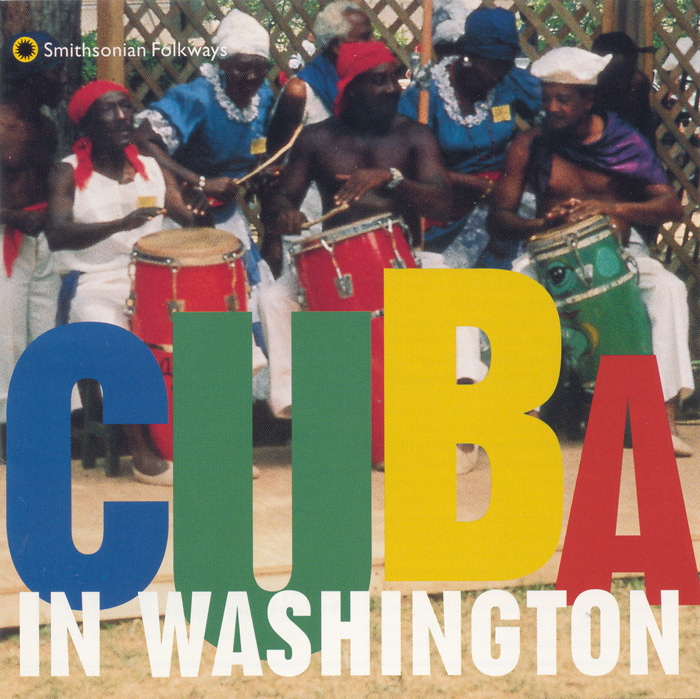
“Guajira Gunatanamera”
from Cuba in Washington (1997) | SFW40461
- Find Cuba on a map.
- Generate discussion on music that Cubans listen to, from son to mambo, rumba, and salsa
- Say “Guajira Guantanamera” (gwa-hee-rah gwan-tan-a-meh-ah), the name of the familiar song.
- Know that the song is the international Cuban anthem, with its melody composed by Joseito Fernandez and poetic lyrics from “Verso Sencillos” by Jose Marti, the national poet and leader of Cuban independence
- The American folk-singer Pete Seeger learned from a Cuban music student at a camp in the Catskills, New York, Hector Angulo, and brought it into his repertoire of songs
- Listen to recording.
- Clap the slow beat with the audience
- Sing the chorus with the audience
- Listen for the audience calls and cheers
- Notice the chords of the guitar and bass, and show the I, IV, V changes as they happen
- Tap the fast beat pattern on the conga
- Learn the song and perform it live, using singers, guitar, bass, and conga players
Assessment: Are students able to discuss the material in an age-appropriate manner? Are students able to sing the chorus? Are students able to identify the chord changes?






